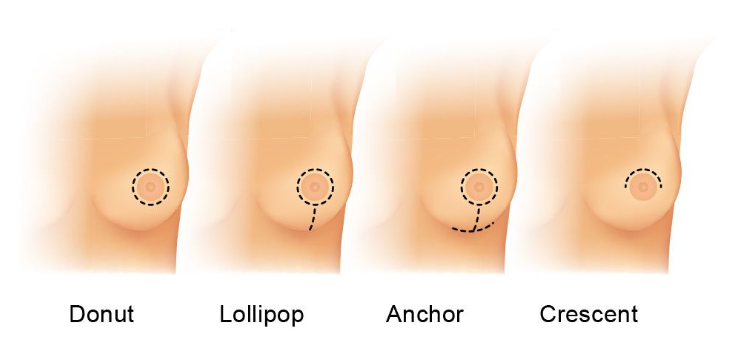Breast lift, or mastopexy, is a surgical procedure that raises the position of the nipple, reshapes a droopy or sagging breast, and can reduce the size of the areola to create a more attractive and youthful breast shape. Pregnancy, genetics, weight loss, gravity, and aging can all have negative effects on a woman’s breasts. These issues can be improved with a breast lift.
A breast reduction, or reduction mastopexy, is conceptually similar to a breast lift, except that an additional goal is to reduce the overall size of the breast. Genetically or with age, some women can develop breasts that are overly large in proportion with the rest of their bodies. Large breasts can result in back and neck pain, grooving in the location of the bra straps, skin irritation, difficulty with athletic activities, and a negative effect on your self-image.
The tradeoff of a breast lift and/or reduction is that scars are placed on the breast. There are different ways to perform this surgery, some with longer incisions than others. The decision of which technique to use is highly individualized and mostly based on the amount and location of excess breast tissue and skin.



The incision pattern depends on the degree of drooping of the breasts and how much skin & tissue needs to be removed and reshaped in order to achieve the desired shape. In general, the more the breast needs to be lifted, the longer the incisions.
Incision patterns options include:

All surgical procedures carry a degree of uncertainty and risk.
The principal risk is scarring and asymmetry between the breasts. Poor healing can occur – this is more common in smokers. Unfavorable scarring is more common in patients who experience poor healing.
Infection and bleeding are rare but can occur.
After surgery, there will be a change in sensation in the breast and nipple. Sensation recovers over time in most patients; however, loss or decreased sensation can be permanent in some areas.
While many women are still able to breastfeed after surgery, a breast lift & reduction may affect your ability to breastfeed.